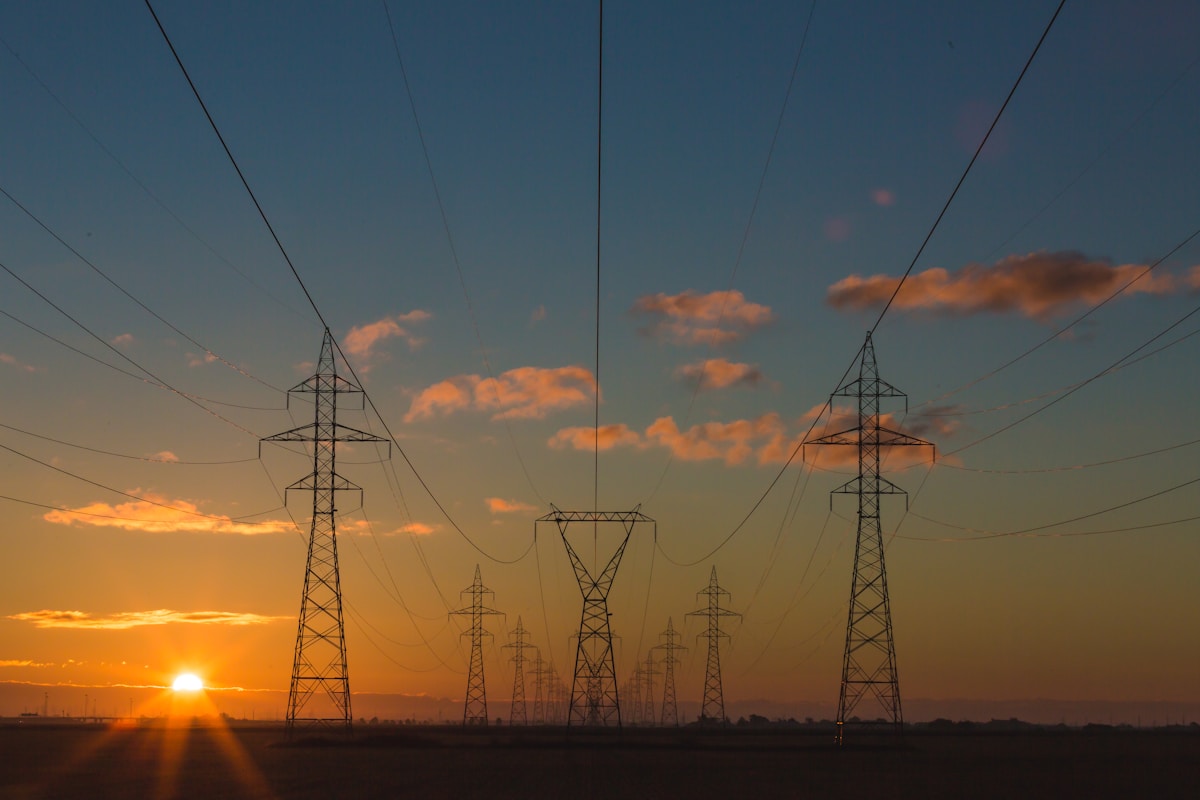Canada's energy sector stands at a pivotal moment. Aging infrastructure, evolving regulatory requirements, integration of renewable energy sources, and growing demand for reliability are driving unprecedented modernization efforts across the country. From large utilities to municipal systems, organizations are upgrading control infrastructure to meet 21st-century challenges.
The Modernization Imperative
Much of Canada's energy infrastructure was built decades ago, using technologies that, while reliable in their time, lack the capabilities demanded by today's grid. Legacy control systems offer limited visibility, minimal integration capabilities, and increasing maintenance challenges as components become obsolete.
Modernization isn't simply about replacing old equipment with new—it's about fundamentally transforming how energy systems operate. Today's infrastructure must accommodate bidirectional power flows from distributed generation, respond dynamically to demand patterns, integrate diverse energy sources, and provide unprecedented levels of monitoring and control.
Key Modernization Trends
1. Advanced SCADA Implementation
Modern SCADA systems provide comprehensive visibility across entire networks. Unlike older systems that offered limited monitoring points and basic control, contemporary platforms collect real-time data from thousands of sensors, enable sophisticated analytics, and support remote operations.
Cloud-based SCADA architectures are gaining traction, offering scalability, reduced infrastructure costs, and enhanced disaster recovery capabilities. However, hybrid approaches that maintain local control capabilities while leveraging cloud analytics often provide the optimal balance of reliability and functionality.
2. Grid Automation and Smart Grid Technologies
Grid automation enables faster fault detection, isolation, and restoration. Automated reclosers, sectionalizers, and switches minimize outage duration by automatically rerouting power around faulted sections. These technologies significantly improve reliability metrics—a critical factor as customers expect increasingly consistent service.
Smart meters provide granular consumption data, enabling time-of-use pricing, demand response programs, and improved load forecasting. The data from millions of smart meters creates opportunities for optimization that were impossible with monthly manual readings.
3. Renewable Energy Integration
As solar, wind, and other renewable sources comprise growing portions of generation capacity, control systems must manage inherent variability. Advanced forecasting algorithms predict renewable output, energy storage systems buffer fluctuations, and sophisticated control strategies maintain grid stability despite variable generation.
Microgrids—localized grids that can operate independently or connected to the main grid—represent another integration strategy. Municipal facilities, industrial sites, and remote communities use microgrids to improve resilience while incorporating local renewable generation.
4. Cybersecurity Enhancement
Modern interconnected systems offer tremendous capabilities but also create potential vulnerabilities. Energy infrastructure represents critical infrastructure, making robust cybersecurity essential. Modernization initiatives incorporate multiple security layers: network segmentation, encryption, authentication, intrusion detection, and regular security audits.
Compliance with standards like NERC CIP (for bulk power systems) or equivalent requirements drives systematic security improvements across the sector.
5. Asset Management and Predictive Maintenance
Energy infrastructure assets represent enormous capital investments. Maximizing asset life while ensuring reliability requires moving beyond time-based maintenance to condition-based strategies. Sensors monitor transformer temperatures, circuit breaker operation counts, and other parameters that indicate asset health.
Advanced analytics identify degradation trends, enabling proactive interventions before failures occur. This approach optimizes maintenance spending while improving reliability—maintenance is performed when needed rather than on arbitrary schedules.
Regional Considerations
Ontario
Ontario's electricity system, managed by the IESO, exemplifies large-scale grid modernization. Integration of intermittent renewables, retirement of coal generation, and aging nuclear refurbishment drive control system upgrades. Smart meter deployment across the province enables new pricing models and demand management strategies.
Alberta
Alberta's deregulated market creates unique modernization dynamics. Rapid renewable energy growth—particularly wind and solar—requires sophisticated control systems for grid balancing. The province's isolated grid makes reliability paramount, driving investment in advanced forecasting and control technologies.
British Columbia
BC's hydropower-dominated system modernizes to accommodate changing precipitation patterns and growing electricity demand. Control systems enable optimized reservoir management, coordinating generation across multiple facilities while maintaining environmental requirements. Integration of run-of-river projects and emerging industrial loads adds complexity.
Municipal Utilities
Smaller municipal utilities face distinct challenges: limited budgets, small technical teams, and the need to balance modernization with other community priorities. Cloud-based solutions and managed services enable municipalities to access advanced capabilities without large capital investments or extensive local expertise.
Implementation Challenges and Solutions
Legacy System Integration
Complete replacement of existing systems is rarely practical or economical. Successful modernization strategies integrate new technologies with legacy equipment, using protocol converters, edge gateways, and middleware to create unified systems. This incremental approach manages costs while progressively improving capabilities.
Workforce Development
New technologies require new skills. Organizations invest in training programs, hire specialists, and partner with vendors for knowledge transfer. The transition from traditional utility operations to technology-intensive management represents a significant cultural shift requiring careful change management.
Regulatory Compliance
Modernization must comply with evolving regulations covering reliability, cybersecurity, environmental performance, and operational standards. Early engagement with regulators helps ensure modernization plans meet current and anticipated requirements.
Budget Constraints
Modernization requires significant investment. Business cases must demonstrate value through quantified benefits: improved reliability, reduced operations and maintenance costs, deferred capital investments, and enhanced service quality. Many jurisdictions allow rate recovery for prudent modernization investments.
Looking Ahead
Energy sector modernization will accelerate in coming years, driven by:
- Electrification trends: Transportation and heating electrification will increase demand and require smarter load management
- Climate adaptation: More frequent extreme weather requires resilient infrastructure
- Decentralization: Distributed energy resources transform traditional utility models
- Customer expectations: Demand for reliability, sustainability, and engagement continues rising
- Technology advancement: AI, advanced sensors, and edge computing enable capabilities previously impossible
Organizations that embrace modernization strategically—balancing reliability, cost, and capability—will be well-positioned to meet these evolving demands while delivering safe, efficient energy services.
Planning Energy Infrastructure Modernization?
InfraCore Logic works with energy utilities and municipalities across Canada to develop and implement modernization strategies that balance reliability, cost, and capability. Let's discuss your specific challenges.
Start the Conversation

